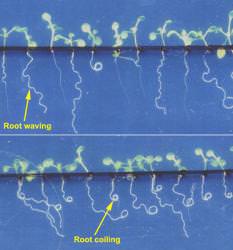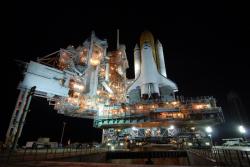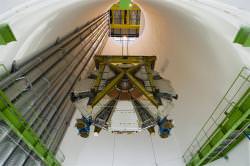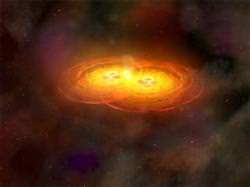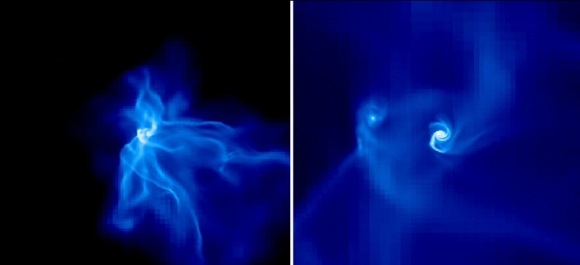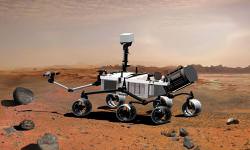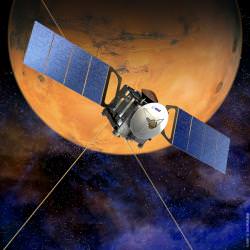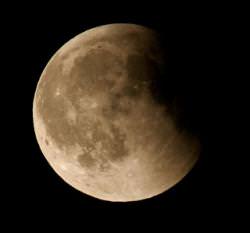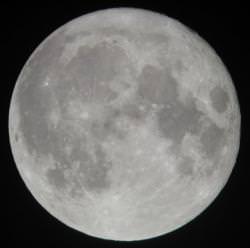The brand new ESA Columbus Module installed on the International Space Station (ISS) by the STS-122 crew last week is beginning a first run of biological experiments. This first experiment tests the reaction of root growth in different gravitational states. Of particular interest is how the roots of seeds develop in space when compared to terrestrial conditions. This has obvious applications for growing plants in space, underpinning agricultural science in some of the most extreme and challenging environments man will experience.
Today saw the first ever experiment on the ESA Columbus Module on board the ISS. European astronaut Léopold Eyharts activated the Waving and Coiling of Arabidopsis Roots at Different g-levels (WAICO) experiment, comparing two types of arabidopsis seed (one wild and one genetically modified) in gravity conditions from zero to one Earth gravity (or 1G). The arabidopsis seed is derived from the arabidopsis thaliana plant which copes very well in restricted space and thrives in hostile surroundings.
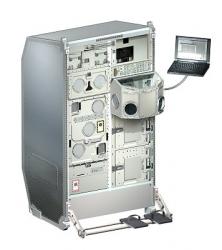
The WAICO experiment will last for 10 to 15 days and the sprouted seeds will be returned by the STS-123 Space Shuttle mission due for launch on March 11th so the results can be analysed. Throughout the experiment, using the brand new “Biolab” equipment (pictured), the advanced telemetry of the Columbus Module will relay real-time video of seed development to ESA scientists in Germany.
The development of the root growth will be scrutinized; especially the amount of “waving” and “coiling” that occurs as a reaction to different gravity conditions. These experiments will also help terrestrial farming methods, giving farmers the opportunity to optimize plant growing conditions.
Source: ESA

